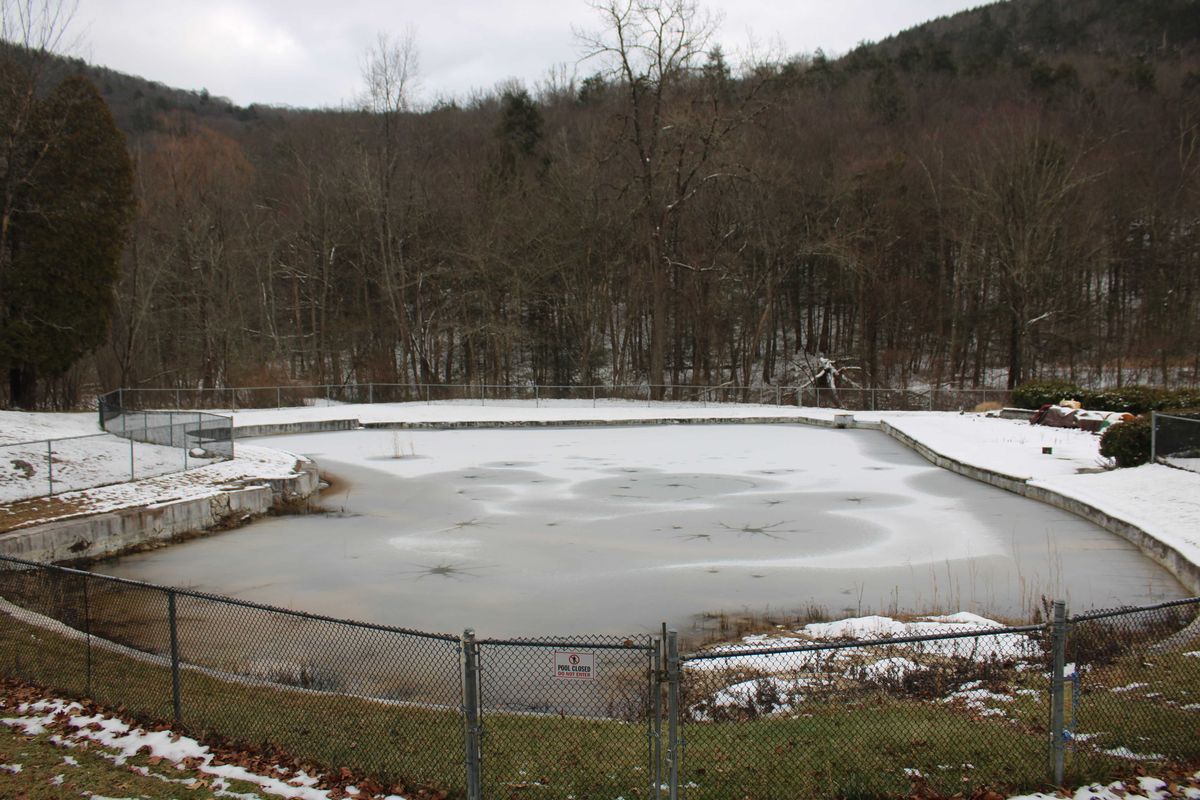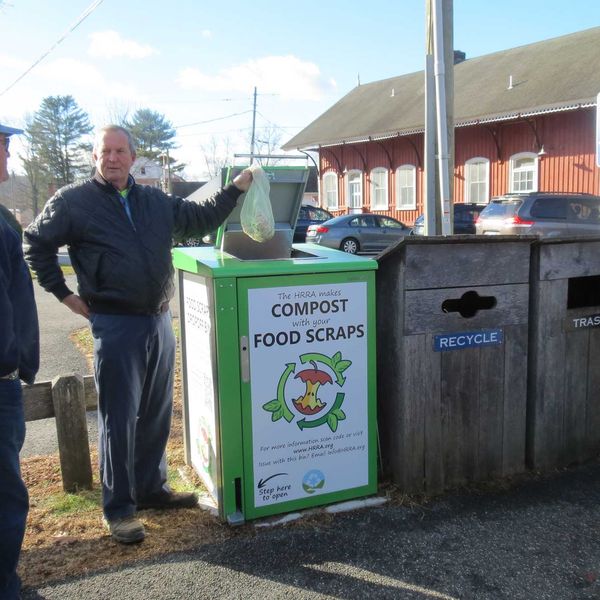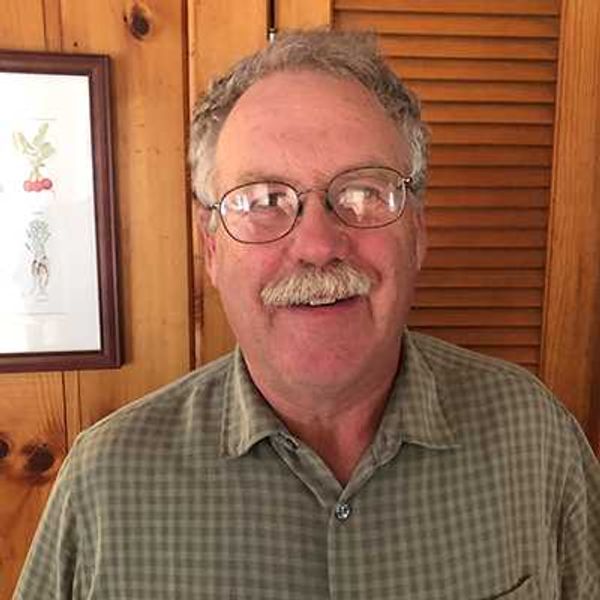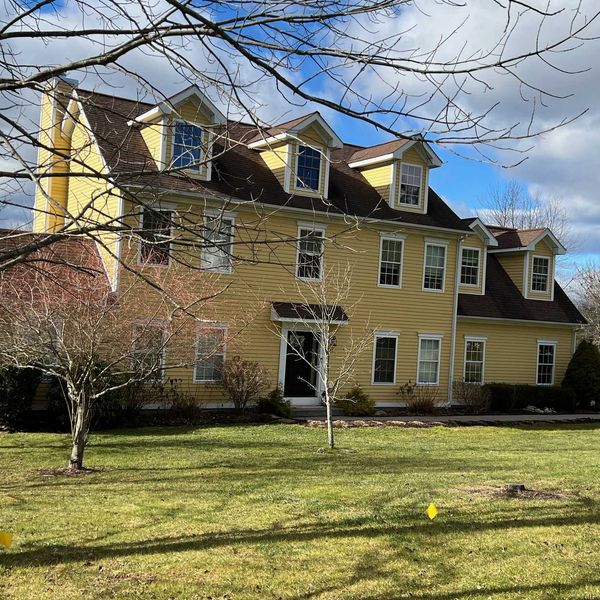From research to recognition: Student project honors pioneering Black landowner
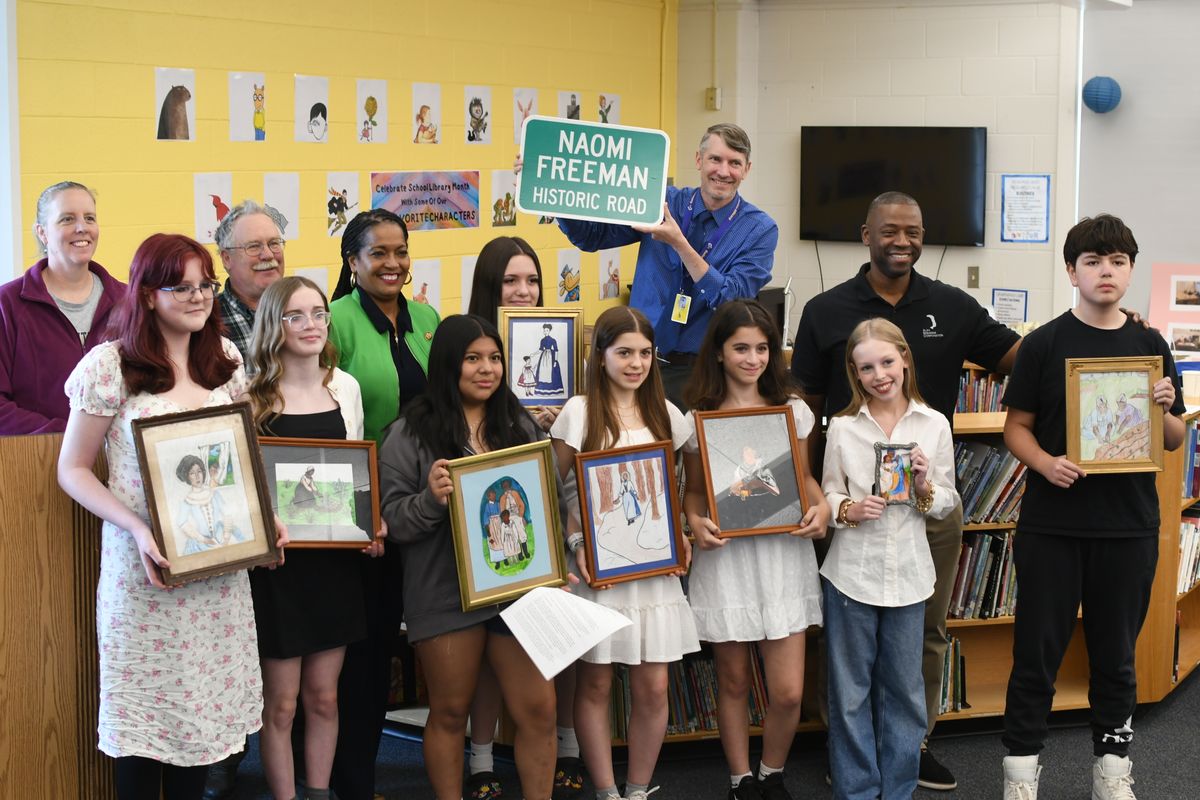
Cornwall Consolidated School seventh graders Skylar Brown, Izabella Coppola, Halley Villa, Willow Berry, Claire Barbosa, Willa Lesch, Vivianne DiRocco and Franco Aburto presented a group research project on the life of Naomi Freeman Wednesday, April 23. In attendance were U.S. Rep. Jahana Hayes, D-Conn., John Mills, president of Alex Breanne Corporation, Cornwall First Selectman Gordon Ridgway, Cornwall Selectman Jennifer Markow and CCS social studies teacher Will Vincent.
Photo by Riley Klein
 The students created artwork to show what Naomi Freeman, her husband Obed and daughter Sarah might have looked like living in Cornwall.Photo by Riley Klein
The students created artwork to show what Naomi Freeman, her husband Obed and daughter Sarah might have looked like living in Cornwall.Photo by Riley Klein

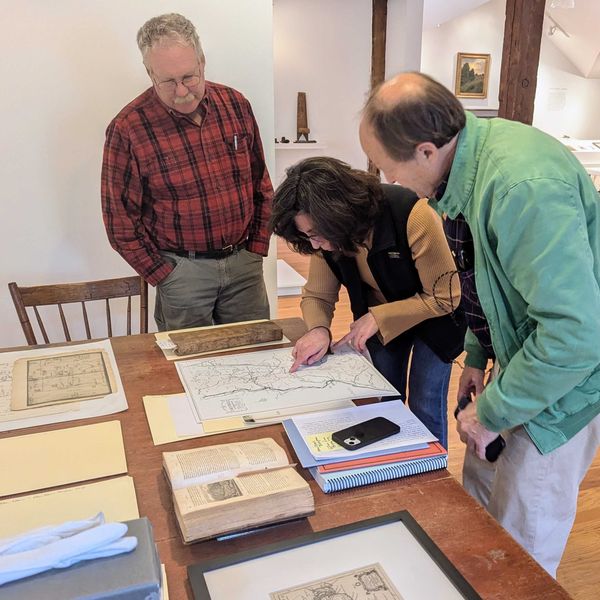
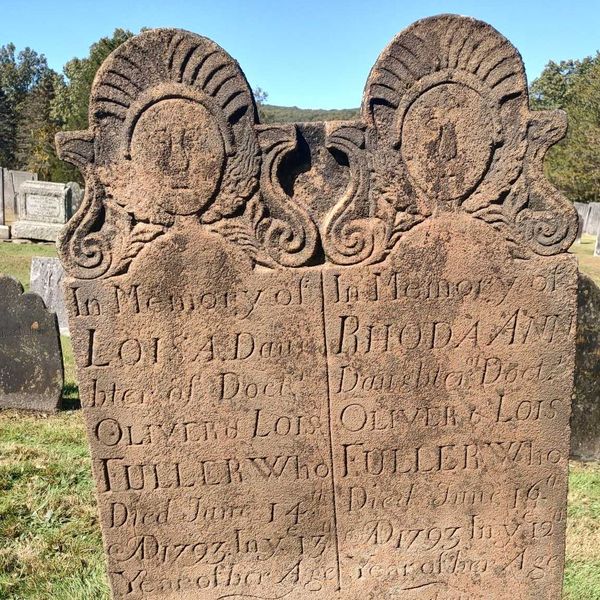
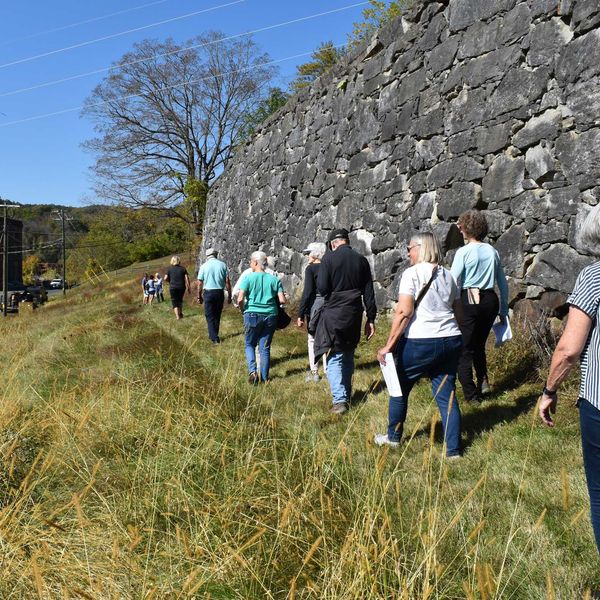
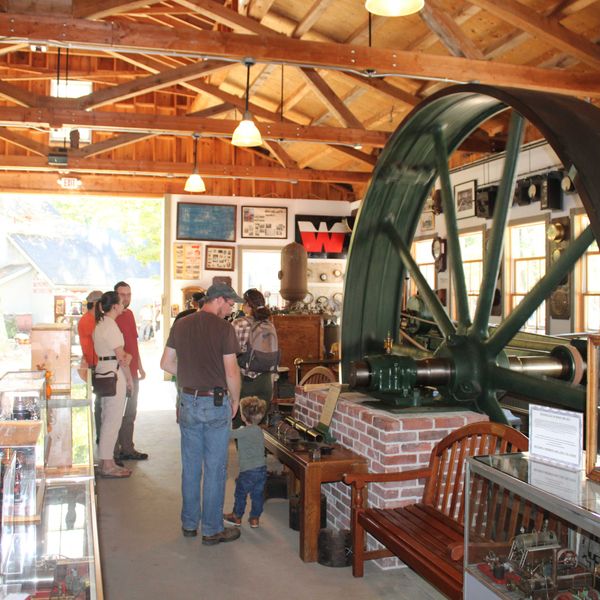



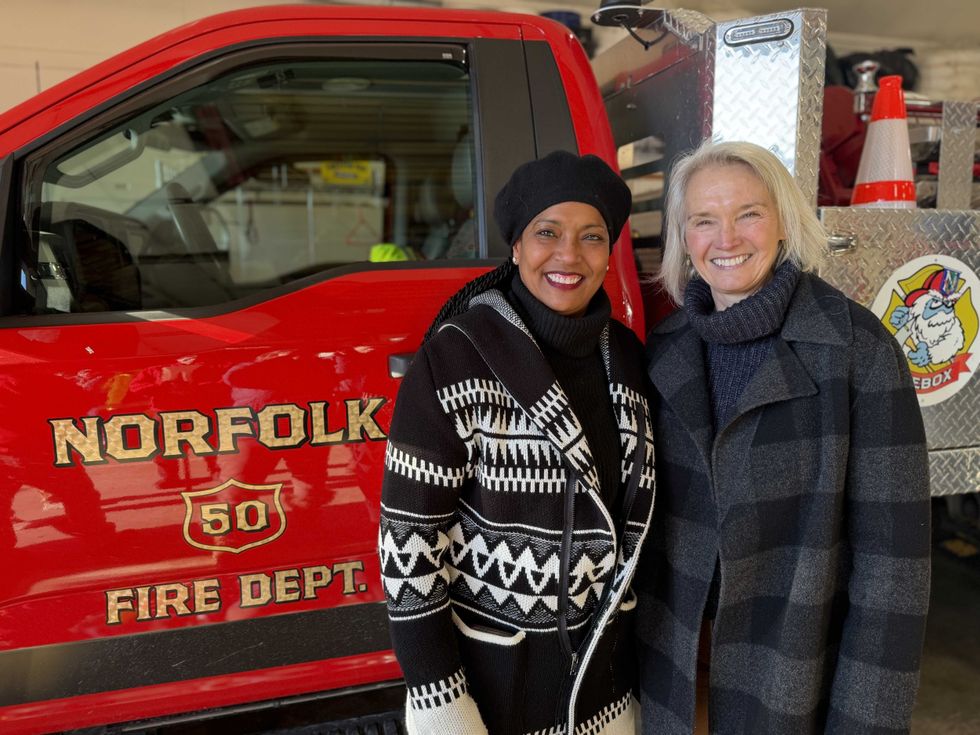 U.S. Congresswoman Jahana Hayes (D-5) stands with State Rep. Maria Horn (D-64) at the groundbreaking for Norfolk's future firehouse.Photo by Jennifer Almquist
U.S. Congresswoman Jahana Hayes (D-5) stands with State Rep. Maria Horn (D-64) at the groundbreaking for Norfolk's future firehouse.Photo by Jennifer Almquist